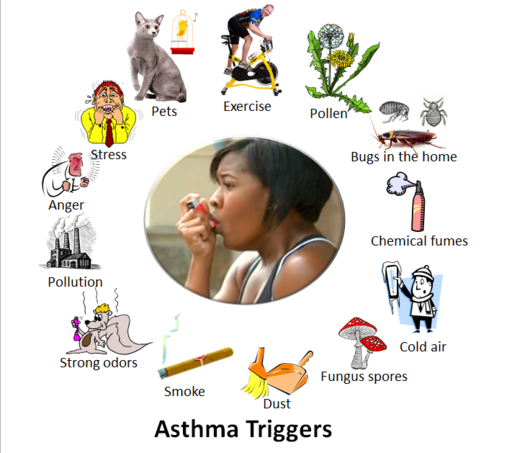KEY CONCEPTS
-
Plants are leafing and blooming earlier, and the overall growing season is lasting longer across much of the U.S.
-
Analysis of temperature data for 203 U.S. cities shows the freeze-free season lengthened by more than two weeks (15 days) on average since 1970.
-
For millions of Americans that suffer from seasonal allergies to pollen and mold, climate change is bringing an earlier, longer, and overall worse allergy season.
-
Climate Central’s new report Seasonal Allergies: Pollen and Mold details more of the weather and climate trends that are worsening allergy season and the associated health risks.
Warming climate, longer pollen season, worse allergies
The first leaves and blooms of spring are arriving days to weeks early in parts of the U.S., according to the USA National Phenology Network (USA-NPN). Some areas in the East and South are seeing the earliest spring on record.
This is bad news for people with seasonal allergies—about one-quarter of adults (26%) and 19% of children in the U.S., according to the Centers for Disease Control and Prevention.
Earlier spring and longer periods of freeze-free days mean that plants have more time to flower and release allergy-inducing pollen. A recent study found that North American pollen seasons became longer (by 20 days on average) and more intense (21% increase in concentrations) from 1990 to 2018.
Seasonal allergies can already last from early spring through late fall. But warming temperatures and shifting seasonal patterns—both linked to climate change and greenhouse gas emissions—are expanding allergy season and its impacts on respiratory health.
Climate Central’s new report, Seasonal Allergies: Pollen and Mold, details weather and climate trends that affect allergy season locally.
Read more at climatecentral.org.

